Even in the depths of winter, the robin sings, which may have gone a long way to securing its enduring popularity in Britain.
Our resident bird species tend to dial down their territorial energies during the colder months. Robins however keep winter territories, and both males and females sing to defend them.
The song is sharp and wistful-sounding. Philosophical perhaps.
The phrases tend to trail off, rather than ending definitively. It’s as though they are thinking aloud - not quite sure what will come out next; undecided whether they’re finished… If you read an essay by a robin there would be semi-colons.
The fact that female robins sing has not always been well known. You can’t tell the sex of a robin by looking at them (unless you are very up close and personal).
Until relatively recently the assumption lingered that, as for many other species where the sexes look alike, a singing bird will be male.
According to David Lack in his 1941 book The Life of the Robin, the suggestion that females may sing had been made as early as 1831, with Charles Darwin suggesting it was likely to be true in 1871. Proof finally came from a study in Northern Ireland in 1924 by a civil engineer called J. H. Burkitt, who caught robins and fitted their legs with coloured rings, so he could recognise distinct individuals as he observed their behaviour.
This and a similar field study by David Lack for his own work, revealed so much of what we now know about robins, in particular the crucial role of song in defending territory.
Robins are famously feisty and do physically attack rivals, sometimes injuring and killing each other. However, chasing, posturing - and a sustained vocal effort - are usually enough to settle a dispute.
To make things even more interesting, Lack found that nearby birds quietly ‘trespass’ in each other’s territories while foraging. He invites us to tell the difference between a bird doing this and one in its own patch:
Inside their territories the birds sing, fight, display, and make themselves conspicuous; outside them they do not sing or display, they retreat if attacked, keep as inconspicuous as possible, and, if disturbed, usually fly straight back to their own domains.
So song is a powerful clue to a robin’s circumstances, and their commitment to holding territories all year round is what gives us the gift of hearing their song even when so much is quiet.
This persistence even extends beyond daylight. The robin’s habit of singing in the small hours, especially in the glow of an orange street lamp, adds another dimension to its familiarity.
How many early morning commutes and unsteady after-party walks have been soundtracked by a robin?
And a note on that other robin
For those on the other side of the Atlantic to here, the neighbourhood robin is a different beast.
American Robins (Turdus migratorius) are not closely related to the European ones (Erithacus rubecula) from which they take their name.
Though they share a similar colour on their chest, in shape, sound and habits they are very much a thrush, and remarkably like our European Blackbird.
To my ear the song sounds most upbeat and friendly. Perhaps your most positive friend giving you a motivational chat (while sat up a tree).
One of these handsome creatures turned up in a friend’s garden here in Sussex a couple of years ago. Hundreds of people came to see it, just the 33rd American Robin to have been recorded in Britain. (The one from Mary Poppins does not count.)
For Ann Stenhouse, much missed, who gave me The Life of the Robin.
Thank you for reading and listening. This is the fourth instalment in 2024’s cycle of Shriek of the Week. You can catch up with Great Tit, Song Thrush, and Blackbird (the latter includes an explanation of how this all works in 2024).
A warm welcome to new subscribers. If you like what’s happening here, please pass it on.
For those in a position to do so, taking out a paid subscription supports me to write more and improve what I do. It also gets you an invite to the monthly Early Bird Club call, on the first Saturday of the month (8-9am UK time).
Thank you Leah, Pat, Elizabeth and Bee for recently showing your support. 🙏
There’s a Shriek of the Week every weekend. If you know someone who might like a dose of birdsong in their inbox, please pass this along.
🎧 Link of the week
Attenborough’s Wonder of Song (iPlayer)
For more on the prevalence of song in female birds, and other key discoveries about the evolution of song in the natural world, this BBC documentary from 2022 is well worth a (re)watch.
Find more birds by ear in 2024 with:
British Birdsong Essentials course (begins February)
Credits:
European Robin photo by EvgeniT via Pixabay
American Robin image by Richard Wilson on Pixels.


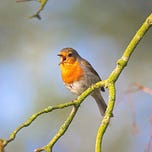


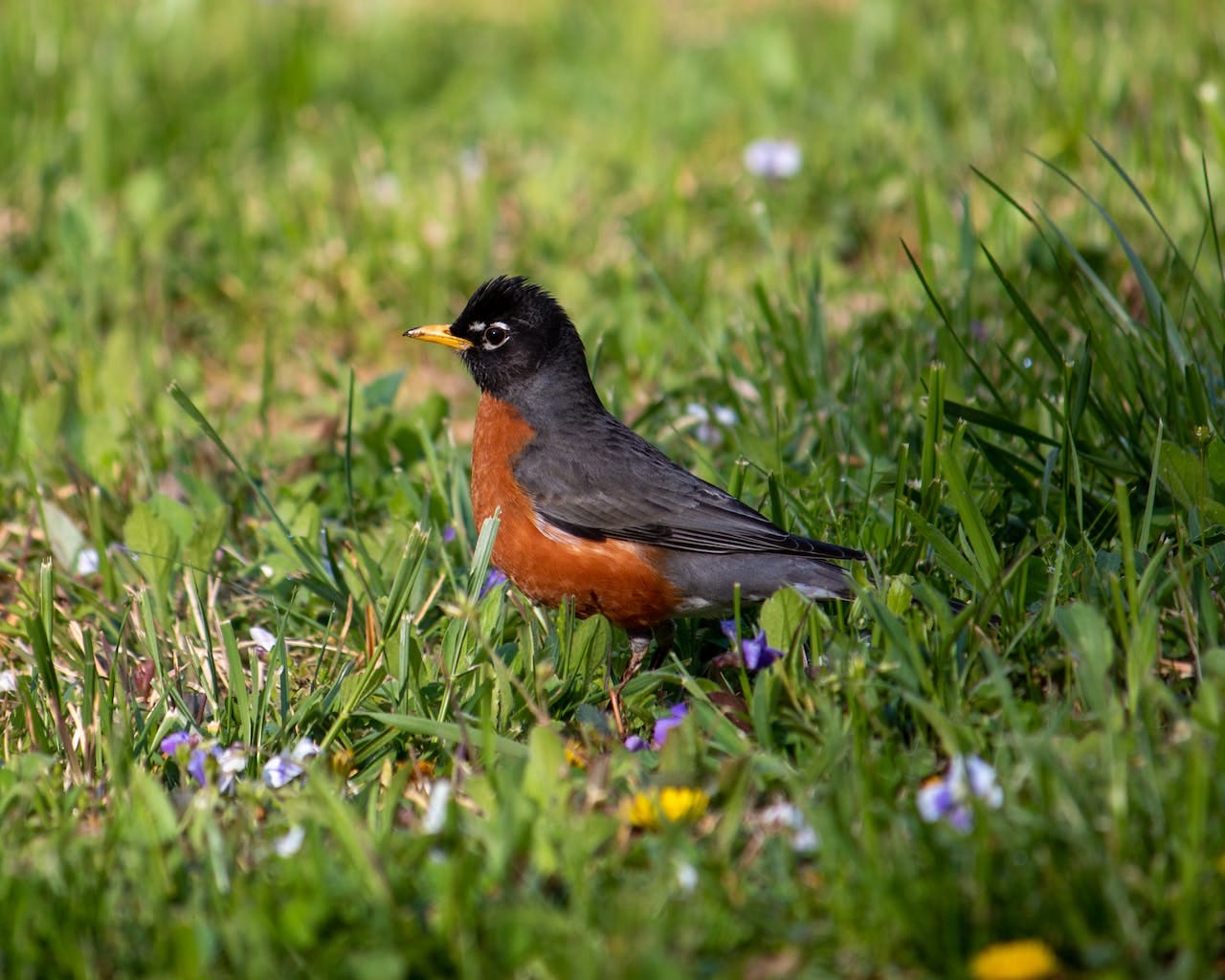
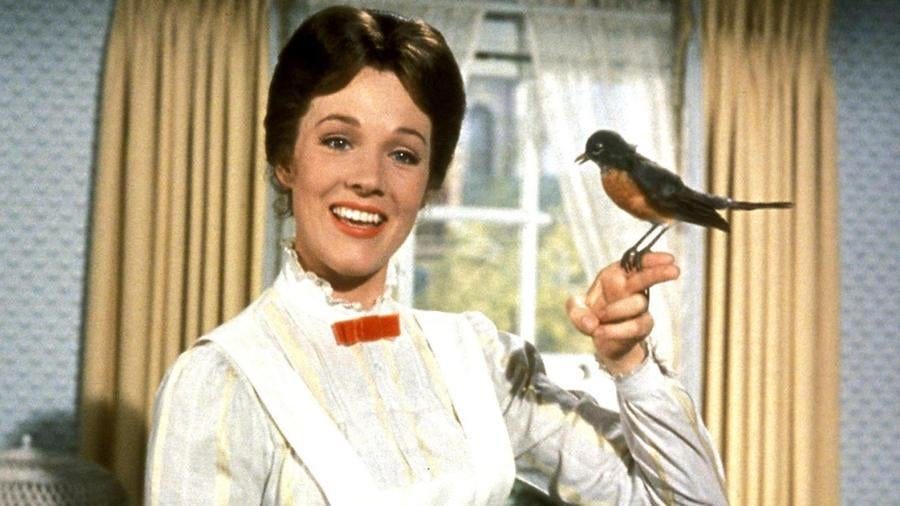



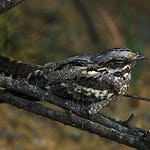
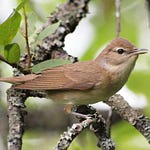

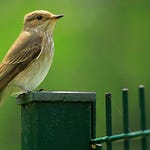


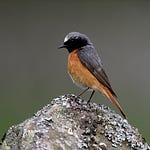
Share this post